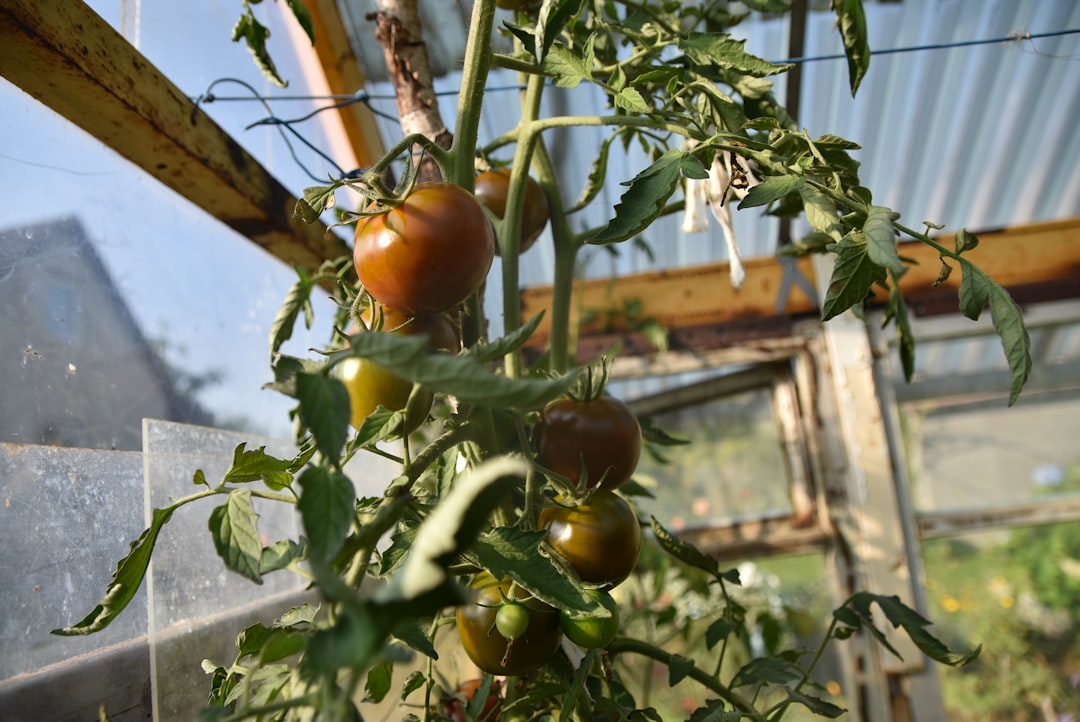The Secret to Year - Round Indoor Spinach Harvest

In the world of edible gardening, few things are as rewarding as growing your own vegetables. Among the many leafy greens, spinach stands out as a nutritional powerhouse and a versatile addition to any meal. With the right knowledge and a bit of effort, you can enjoy home - grown spinach year - round, even if you don't have a large outdoor garden. This guide will take you through the process of growing spinach indoors, from selecting the right variety to harvesting your delicious greens.
Selecting the Right Spinach Variety
Not all spinach varieties are created equal, especially when it comes to indoor growing. Some varieties are more suitable for the limited space and controlled environment of an indoor garden. Look for compact varieties such as 'Baby's Leaf' or 'Space' spinach. These varieties are known for their small size and quick growth, making them ideal for container gardening. They also tend to be more tolerant of the lower light levels often found indoors.
Preparing the Containers
Once you've chosen your spinach variety, it's time to prepare the containers. You can use a variety of containers, from traditional flower pots to recycled plastic containers. Make sure the containers have drainage holes at the bottom to prevent waterlogging. Fill the containers with a high - quality potting mix. A good potting mix should be rich in organic matter, well - draining, and have a slightly acidic to neutral pH. You can also add some slow - release fertilizer to the potting mix to provide the spinach with essential nutrients throughout its growth cycle.
Planting the Spinach Seeds
Spinach seeds are relatively easy to plant. First, moisten the potting mix in the container. Then, sprinkle the spinach seeds evenly over the surface of the soil. Cover the seeds with a thin layer of soil, about 1/4 inch deep. Gently press the soil down to ensure good seed - to - soil contact. Place the container in a warm location, ideally between 60 - 70°F (15 - 21°C). Keep the soil moist but not waterlogged. You can cover the container with a plastic wrap to create a mini - greenhouse effect, which will help to retain moisture and speed up germination. Most spinach seeds will germinate within 5 - 10 days.
Providing Adequate Light
Light is crucial for the growth of spinach. While spinach can tolerate some shade, it still needs plenty of light to grow well. If you don't have a sunny window, you can use artificial grow lights. LED grow lights are a popular choice for indoor gardening as they are energy - efficient and can be adjusted to provide the right spectrum of light for plant growth. Place the grow lights about 6 - 12 inches above the spinach plants and keep them on for 12 - 16 hours a day. This will mimic the natural sunlight and help the spinach plants grow strong and healthy.
Watering and Fertilizing
Watering is an important part of growing spinach indoors. Spinach prefers consistently moist soil, but overwatering can lead to root rot. Check the soil regularly by sticking your finger about an inch into the soil. If it feels dry, it's time to water. Water the plants at the base to avoid getting the leaves wet, which can lead to fungal diseases. As for fertilizing, you can use a liquid fertilizer every 2 - 3 weeks. Choose a fertilizer that is high in nitrogen, as this will promote leafy growth. Follow the instructions on the fertilizer package for the correct dosage.
Controlling Pests and Diseases
Even in an indoor environment, spinach plants can be susceptible to pests and diseases. Common pests that can affect spinach include aphids, spider mites, and whiteflies. You can control these pests by using insecticidal soap or neem oil. Simply spray the affected plants with the solution according to the instructions on the product. As for diseases, spinach can be prone to fungal diseases such as downy mildew. To prevent these diseases, make sure there is good air circulation around the plants and avoid getting the leaves wet when watering. If you notice any signs of disease, remove the affected leaves immediately to prevent the spread.
Harvesting Your Spinach
One of the best things about growing spinach indoors is that you can harvest it as soon as the leaves are large enough to eat. You can start harvesting baby spinach leaves when they are about 2 - 3 inches long. Simply use a pair of scissors to cut the outer leaves at the base. This will allow the inner leaves to continue growing. If you want to harvest the entire plant, wait until it reaches maturity, which is usually about 40 - 50 days after planting. Cut the plant at the base and enjoy your fresh, home - grown spinach in salads, smoothies, or cooked dishes.
In conclusion, growing spinach indoors is a fun and rewarding way to enjoy fresh, nutritious greens year - round. By following these steps, you can create a thriving indoor spinach garden and have a constant supply of delicious leafy greens at your fingertips. So, why not give it a try and start your own indoor spinach growing adventure today?